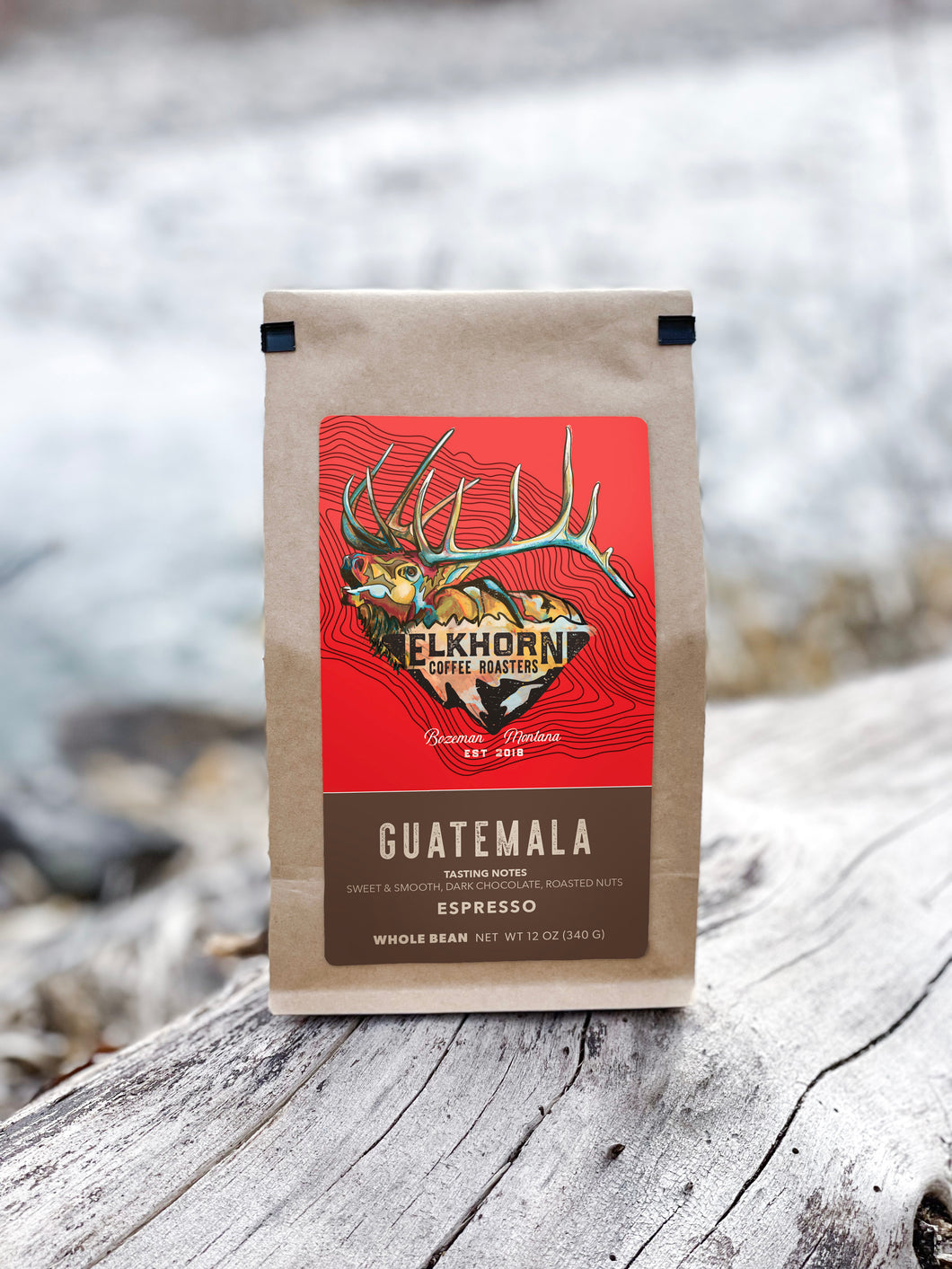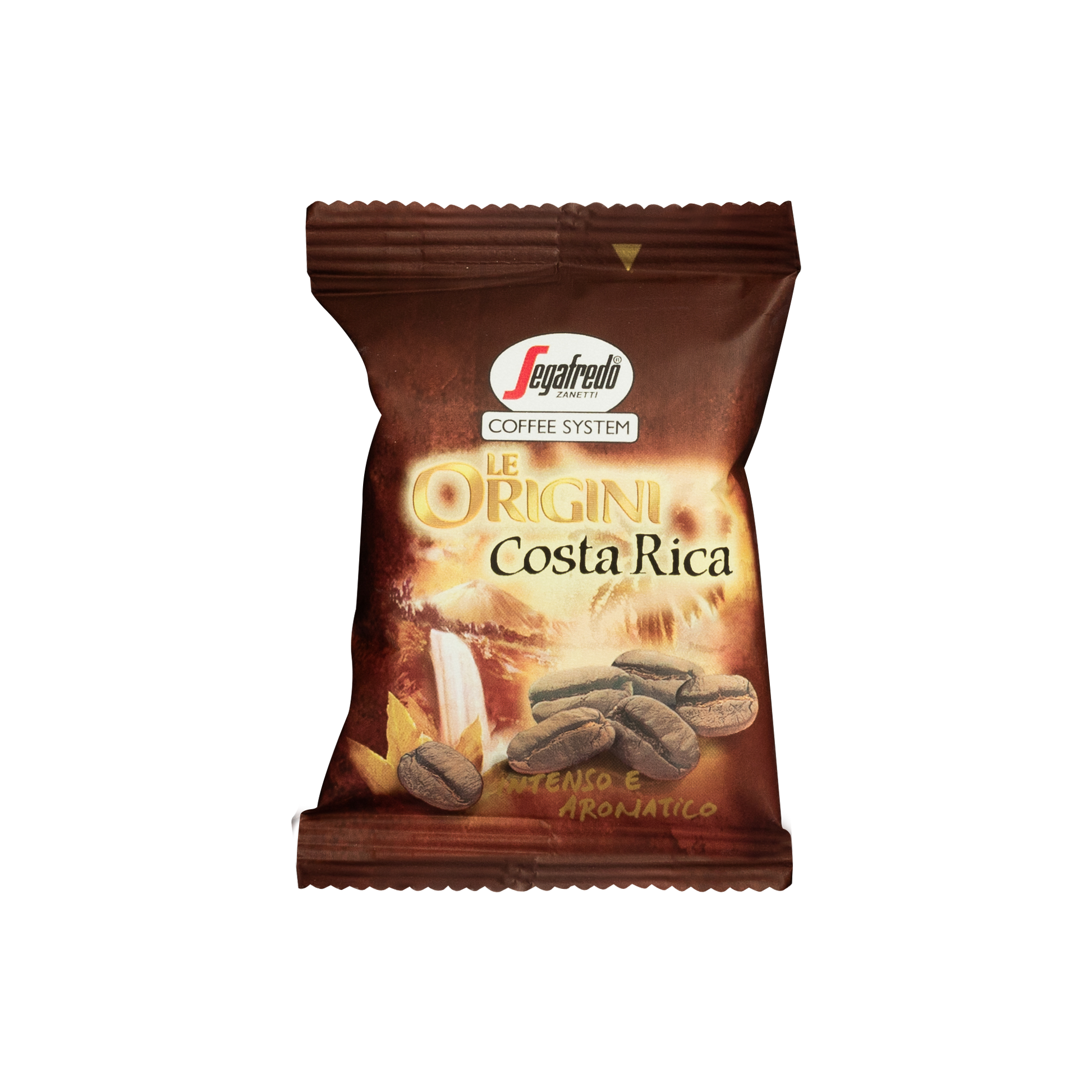SOE Single Origin Espresso – Celebrating Flavors from One Region
SOE Single Origin Espresso – Celebrating Flavors from One Region
Blog Article
Recognizing Coffee Beans: the Trip From Coffee to Blended Coffee Beans

The Origins of Coffee: A Global Viewpoint
While you may believe of coffee as a modern staple, its beginnings trace back centuries, linking with societies around the world. The story starts in Ethiopia, where tale says a goat herdsman named Kaldi uncovered the invigorating effects of coffee beans after seeing his goats frolicking energetically after consuming them. This stimulated rate of interest, resulting in coffee's spread to Arab investors who valued the brewed beverage. By the 15th century, it got to Persia, Egypt, and Turkey, where coffeehouses ended up being social centers for conversation and culture.
As trade paths increased, coffee made its way to Europe in the 17th century, promptly gaining popularity. It transformed from a magical beverage into a daily ritual, motivating celebrations and intellectual exchanges. Each society added its special spin to coffee preparation, enhancing its background. This global journey highlights how coffee links us, transcending boundaries and unifying diverse traditions via a basic bean.
Farming and Harvesting of Coffee Beans
As coffee's journey developed, the focus changed to the farming and harvesting of particular bean varieties, particularly those utilized for espresso. You'll find that coffee beans typically originate from Arabica or Robusta plants, each offering unique flavors. The ideal expanding conditions consist of high elevations and abundant, well-drained soil, which improve the beans' high quality.
During the harvest, choosing techniques vary. In some regions, workers hand-pick ripe cherries, guaranteeing only the very best fruit goes to processing. In various other areas, mechanical harvesters are used, especially on larger ranches. When the cherries reach peak perfection for maximum taste., timing is important; you desire to gather.
Once collected, the beans are planned for processing, which is vital in identifying their final preference. Understanding the cultivation and collecting procedures gives you understanding into what enters into your favored espresso, improving your recognition for each mug.
Processing Approaches: From Cherry to Bean
Currently that you've learnt more about collecting espresso beans, allow's explore just how those cherries transform right into the coffee beans you enjoy. You'll see exactly how various harvesting methods impact flavor, complied with by the vital steps of fermentation and drying out. We'll damage down the milling and grading process that identifies your coffee's top quality.
Harvesting Methods Explained
When it comes to coffee, understanding harvesting strategies is crucial, because they directly influence the flavor and high quality of the beans you delight in. Selective choosing involves hand-picking only ripe cherries, guaranteeing you obtain the ideal top quality beans. Inevitably, the choice of gathering method can greatly influence your coffee experience, so it's worth recognizing exactly how those beans made it to your mug.
Fermentation and Drying Out
After collecting, the following actions in handling coffee beans play a substantial role in shaping their flavor. You'll locate that fermentation is crucial, as it assists break down the mucilage bordering the beans, improving their taste profile. Depending upon the technique, this procedure can last from a couple of hours to numerous days, with varying results based upon temperature level and moisture.
Sun-drying enables the beans to soak up tastes from the environment, while mechanical drying out guarantees regular wetness levels no matter of weather condition. Appropriate drying out is vital to avoid mold and mildew and maintain the beans' high quality, eventually affecting your mug of coffee.
Milling and Grading Refine
As fermentation and drying established the phase for taste growth, the milling and grading process assurances that just the best coffee beans make it to your cup. This phase involves eliminating the external layers of the coffee cherry, including the parchment and husk. High-grade beans get a greater grade, resulting in a richer coffee experience.
Roasting Methods: Opening Taste Possible
When you roast coffee beans, the approach you pick can dramatically affect the taste profile. Comprehending the connection between time, temperature level, and roasting methods is key to disclosing the potential of your brew. Let's check out exactly how these aspects collaborated to create the perfect cup.
Toasting Approaches Clarified
While you may think that all coffee roasting methods generate the very same results, the truth is that each method next page exposes one-of-a-kind taste capacities in the beans. Drum roasting utilizes a rotating drum to uniformly disperse heat, boosting caramelization and generating a balanced flavor. Air roasting, on the various other hand, flows warm air around the beans, advertising a lighter roast with noticable acidity.

Effect On Taste Profile
Various toasting methods not only affect the process but likewise significantly influence the flavor profile of the coffee beans. When you pick a light roast, you'll experience bright acidity and flower notes, showcasing the bean's beginning. On the other hand, a tool roast balances acidity with sweet taste, often exposing chocolatey touches. Dark roasts, on the other hand, highlight strong, smoky tastes, often masking the bean's one-of-a-kind features. Each technique reveals different oils and substances, leading to a vast array of tastes. By explore numerous roasting styles, you can discover which profiles reverberate with your taste buds. Recognizing these subtleties aids you appreciate the artistry behind your cup of coffee, improving your general experience with every sip.
Time and Temperature Factors
To release the complete taste possibility of coffee beans, both time and temperature during the toasting procedure play considerable duties. When toasting, you'll discover that higher temperatures can promptly establish flavors, but if you rush it, you may end up with burnt notes. On the other hand, reduced temperature levels permit a much more steady taste advancement, showcasing the beans' distinct features.

Timing is equally as vital; prolonging the roast too long can result in a loss of level of acidity and brightness, while also short a roast could leave the beans underdeveloped. Finding that sweet spot calls for practice and trial and error. By readjusting these factors, you can expose the abundant, complex tastes concealed within each bean, producing a truly click to find out more exceptional coffee experience.
The Art of Blending: Crafting Unique Coffee Profiles

Beginning by selecting a base coffee that gives a strong structure. An intense Ethiopian bean can bring fruitiness, while an abundant Brazilian coffee includes body.
As you mix, remember that each mix informs a story. You're not just making coffee; you're producing an experience. Take your time, preference often, and take pleasure in the journey of uncovering your trademark mix - Single Origin Espresso.
Developing Approaches: How Preparation Impacts Taste
Blending coffee opens a domain name of taste opportunities, however exactly how you brew that blend can significantly influence your last mug. Different brewing techniques extract unique tastes and fragrances, so it's important to select intelligently. A French press enables oils and sediments to stay, developing a rich, full-bodied experience. On the various other hand, a pour-over highlights the coffee's clearness and brightness, excellent for showcasing delicate notes.
Espresso, with its high stress, produces a focused shot that emphasizes sweetness and crema. If you favor a lighter brew, consider a cool brew approach; it produces a smooth, less acidic preference.
Eventually, testing is essential. Readjusting variables like water temperature level, grind size, and make time can transform your coffee's account. So, accept the art of developing to discover the tastes hidden in your coffee blends. The right approach can raise your experience to new elevations.
The Future of Coffee: Sustainability and Technology
As the coffee industry advances, sustainability and development are coming to be important for resolving environmental difficulties and conference consumer needs. You'll notice that even more coffee firms are embracing eco-friendly methods, from sourcing beans morally to executing lasting farming strategies. These shifts not just help the earth yet also enhance the quality of the coffee you appreciate.
You may see advancements like naturally degradable packaging and water-saving brewing methods that minimize waste. Advanced modern technology, such as blockchain, is additionally coming to be popular, ensuring transparency in the supply chain, which allows you to trace your coffee back to its origins.
On top of that, spending in neighborhood areas and sustaining farmers via reasonable profession campaigns cultivates an extra sustainable coffee community. As you sip your next cup, keep in mind that your selections can add to a brighter future for coffee. By going with lasting brand names, you're not just delighting in a drink; you're making a positive influence on the globe.
Often Asked Concerns
What Is the Difference In Between Arabica and Robusta Beans?
Arabica beans are smoother, sweeter, and have a greater level of acidity, while robusta beans are stronger, more bitter, and contain even more high levels of caffeine. When making your coffee., you'll see these differences in taste and aroma.
How Does Elevation Affect Coffee Bean Flavor?
Altitude effects coffee bean flavor considerably. Greater altitudes create beans with brighter acidity and complicated flavors, while reduced altitudes commonly generate beans that are larger and much less nuanced. You'll discover these distinctions in your mug!
What Are the Health And Wellness Benefits of Alcohol Consumption Coffee?
Drinking coffee can increase your energy, boost psychological emphasis, and even enhance physical efficiency. It's abundant in antioxidants, might reduce the threat of specific conditions, and can promote a much healthier metabolic rate when eaten in moderation.
Can Coffee Beans Be Recycled for Brewing?
Yes, you can reuse coffee beans for developing, however the taste may be weak. If you delight in experimenting, attempt reusing try these out them in various ways, like cool mixtures or contributing to smoothie mixes for an additional kick.
Just how Should I Store Coffee Beans for Freshness?
To keep your coffee beans fresh, keep them in an impermeable container in an amazing, dark area. Avoid exposing them to light, warm, or wetness, as these variables can quickly degrade their taste and fragrance.
Understanding Coffee Beans: the Journey From Espresso to Blended Coffee Beans.
Now that you've discovered concerning collecting coffee beans, allow's explore exactly how those cherries transform into the coffee beans you like.When you roast coffee beans, the technique you pick can drastically influence the flavor profile - Single Origin Espresso.While you may believe that all coffee toasting approaches yield the same results, the fact is that each technique reveals distinct flavor capacities in the beans.Different roasting techniques not only influence the process yet also greatly affect the flavor profile of the coffee beans
Report this page